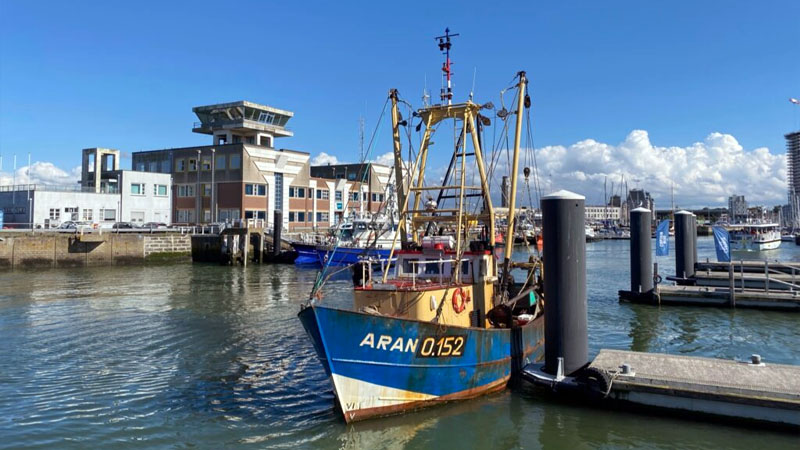Exclusive content

The Dutch sea fishing industry has had a dismal year, with shrimp fishing firms being particularly hard hit. According to Wageningen University & Research (WUR), the fleet has shrunk, leading to reduced fishing and disappointing incomes. The prices were unable to compensate for these losses, and the costs continued to pile up.
Shrimp Catch and Revenue Plummet
The loss of shrimp fishers is staggering, with an estimated eight million euros in losses. The volume of shrimp caught was down by more than half, and revenue fell by a whopping 47 percent to EUR 39 million (USD 42.47 million). This decline is not limited to shrimp, as sole and plaice also yielded significantly less.
The WUR has pointed out that modernization and replacement of ships and engines are not currently feasible due to decreased confidence in the future of the industry. The average age of the cutter fleet is now 39 years, making it expensive to make ships more sustainable and renew them. Obtaining financing has also proven difficult.
Importance of Imported Fish Grows
The Dutch fishing industry is facing increased pressure on the supply of fresh North Sea fish, leading to a growing reliance on imported fish. The university notes that large quantities of salmon from Norway, cod from Iceland, and shrimp from Asia are being brought to the Netherlands for processing and trade.
While the industry faces challenges, the new government’s plans may bring some relief. The Cabinet wants to make pulse fishing possible again in the Netherlands, which could help the industry recover. Pulse fishing involves driving fish into a mesh that delivers electric shocks, a method that was previously banned in the Netherlands.